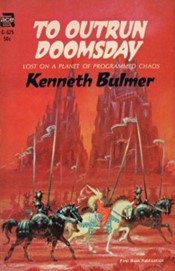
by John Boston
This July Amazing—wait, what? You thought Amazing appeared in even-numbered months? No more. The mis-dating of the April issue as June means that what was to be the June issue has been pushed back—or at least the cover date has been—to avoid the confusion and likely loss of display time and sales had the publisher released a second issue dated June. And Fantastic is pushed from July to August to keep these bimonthly magazines in alternate months rather than in direct competition.
This issue looks a little better than the last. There’s a new and seemingly higher grade of paper; the pages look less pulpy and the magazine is a bit thinner. The cover, by Johnny Bruck, is lighter and more attractive than his usual; even though there’s a line of guys waving ray guns, for the foreground he’s borrowed another sort of cliché from Ed Emshwiller—guy with firm jaw, determined expression, and clenched fist staring out towards the viewer, like he just stepped off an Ace Double. Relatively speaking, it’s a relief.
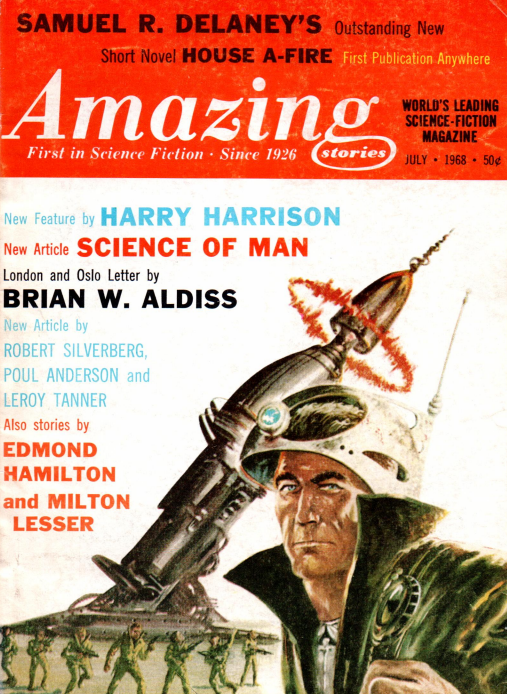
by Johnny Bruck
Once more, all but one item of fiction are reprints, though this issue’s exception is more considerable than some: House A-Fire, by Samuel R. Delany, described as a short novel (at 33 pages!) on the cover and contents page, though editor Harrison acknowledges in the letter column that it is actually an excerpt from Delany’s new novel Nova, forthcoming from Doubleday. Delany’s name is misspelled on the cover and contents page and in Harrison’s editorial, spelled correctly on the story’s title page and in the letter column. Are you getting tired of all this nit-picking? So am I. But the persistent sloppiness of this magazine continues to irritate.
Editor Harrison, clearly chafing under the reprint regime, continues to tout the non-fiction contents (seemingly the only part of the magazine that he actually controls) on the cover—“New Feature by HARRY HARRISON” (an editorial) and “New Article by ROBERT SILVERBERG POUL ANDERSON and LEROY TANNER” (the book review column).” There are also a new “Science of Man” article by Leon Stover (see below) and a London and Oslo Letter by Brian Aldiss, recounting his travels in Scandinavia. The book review column includes Robert Silverberg’s thoughtful review of Brunner’s new novel Quicksand, Poul Anderson’s slightly celebrity-struck review of Asimov’s Mysteries, and two reviews by “Leroy Tanner,” a Harrison pseudonym. One is a perfectly reasonable review of James Blish and Norman L. Knight’s A Torrent of Faces. The other, of Algis Budrys’s The Amsirs and the Iron Thorn, spends more space (about a page!) denouncing Budrys for his review in another magazine of a book Harrison co-edited than it does on Budrys’s book. This is distasteful to read and represents notably bad judgment on the editor’s part.
Harrison’s editorial, titled The Future of the Future, picks up where last issue’s mistakenly truncated editorial left off, reiterating his division of the world into SF-1, SF-2, and SF-3, and proceeding mostly to a series of platitudes. (“SF-3. This is wide open now and there are no rules. No one school is SF-3 and no one particular style or clique is any more important than the others.”) He does amusingly recount that he asked J.G. Ballard to tell him what inner space is, and he was about to answer, but just then someone interrupted them and the answer never came. The letter column, with its traditional title Or So You Say, is back as well, for those who care.
House A-Fire, by Samuel R. Delany
Delany’s excerpt House A-Fire is about a bunch of overprivileged kids who are seemingly able to gallivant around the galaxy at whim. We first meet Lorq von Ray, son of a mining magnate in the Pleaides Federation (Earth is in Draco), as a child. Lorq’s parents are big shots in local politics. They vacation (or something) on an off-the-map world called Brazillia where things are a little primitive; one of the local amusements is a variation on cockfighting. There, he meets two other children, Prince Red and his sister Ruby Red; their father, Aaron Red, is a hyper-wealthy spaceship mogul from Earth, proprietor of Red-shift Ltd. (I guess Acme was taken.) Prince has an artificial right arm and is belligerently sensitive about it.
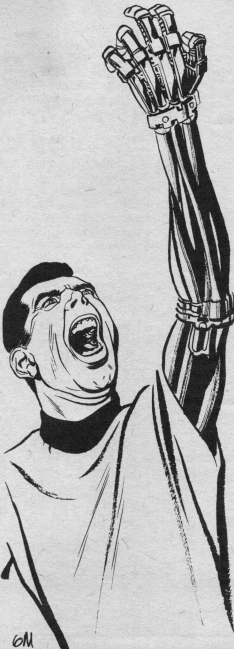
by Gray Morrow
Young Lorq is of course brilliant and among other things, when he’s a little older, has his own spaceship, which he races in the New Ark regatta, coming in second, before heading off to a party thrown by Prince on Earth—in Paris, at the Ile St. Louis. (“Caliban can make Earth in three days.”) He and his crew arrive and Prince immediately recruits them to rescue Che-ong, “the psychodrama star,” and her hangers-on, who have gotten stuck in a snowstorm in the Himalayas and upon rescue, prove to be a bunch of stereotypically air-headed teenagers.
At the party, everyone must have masks, and Prince has prepared an elaborate pirate mask for Lorq. Delany has hinted to the reader, but kept Lorq in the dark, about Lorq’s father being involved in piracy. A bit later, Lorq encounters Ruby Red, who has gotten pretty grown up since last seen, and who lets him in on the joke. Prince shows up and tells Lorq to get away from his sister, they have a fight, and Prince lays Lorq out and messes up his face with his prosthetic fist. Lorq’s crew carries him away and Ruby shows up on the river in her skimmer-boat and takes them all to the spaceport. Later, in a final scene, we see Lorq, now back home, rich, and scarred, and contemplating his future.
This all sounds in summary like an overripe pulp space opera, but it is framed in some striking visualization and writing, as one would expect from Delany. Like Lorq’s first glimpse of the mature Ruby Red:
“Then there was this: her eyes were smashed disks of blue jade, her cheek bones angled high over the white hollows of her wide face. Her chin was wide, her mouth thin, red, and wider. Her nose fell straight from her forehead to flare at the nostrils (she breathed in the wind—and watching her, he became aware of the river’s odor, the Paris night, the city wind); these features were too austere and violent on the face of a young woman. But the authority with which they set together would make him look again, he knew, once he looked away; make him remember, once he had gone away. Her face compelled in the way that makes the merely beautiful sick with jealousy.”
Yeah, a bit hokey, but it’s good hokum, suitable to our modern age. And keep in mind that this is obviously all stage-setting for what one can hope are more substantial doings in the novel it is mined from. Four stars, optimistically.
Locked Worlds, by Edmond Hamilton
Next up, straight from the September 1929 Amazing Stories Quarterly, is Edmond Hamilton’s Locked Worlds, all 50 pages of it. It’s a sort of mad scientist story. Dr. Adams, head of Physics at Northeastern University (a real place!), brilliant but widely disliked, discovers that the seemingly loose electrons sometimes found in atoms are really evidence that matter partakes of two worlds; our world’s electrons going around in one direction, the other world’s going in opposite directions. Room for everybody!
The rest of the profession isn’t having it and mocks Adams, who is determined to show them and get his own back. Shortly he disappears, leaving his apparatus and a pile of bluish clay behind. His assistant Rawlins comes to narrator Harker with an awful suspicion—and the newspaper clippings to prove it, sort of—that Adams has fled to the other world and that he’s planning his revenge there (the clippings refer to large and small piles of blue clay found at various places around the Earth). So what to do for Rawlins and Harker but reconstruct Adams’s apparatus, follow him into whatever world he’s gone to, and thwart him?
And so they do, finding themselves on a mostly barren world with a blazing white sun overhead and blue clay under their feet. And then—the giant spiders attack!
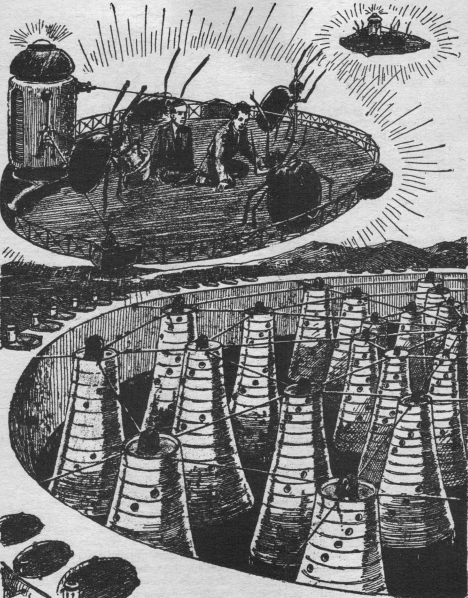
by Frank R. Paul
Now Hamilton does not seem just to be trading on arachnophobia here. Going forward, he refers to these giant spiders as spider-men, and shows them with a fairly advanced civilization. But still, they signify that a cliched plot is about to take off, featuring captivity, aerial escape, pursuit, return in force with Earth’s new allies the bird-men (the birds and spiders engage in a dogfight), confrontation with the mad Dr. Adams, some literal cliff-hanging, and the ultimate triumph of good over evil.
Well, that was tedious. It’s not for lack of enthusiasm on Hamilton’s part. A sample, as our heroes escape the spiders with Nor-Kan, the bird-man, in the latter’s aircraft:
“He whirled to the craft’s controls, opened its speed lever to the last notch, and sent the air-boat racing on toward the south in a burst of added speed. The great flying-platforms swiftly leapt after us, hurtling through the air at immense speed and slowly drawing ever closer toward us moving obliquely toward our own course. Closer they came, and closer, air-boat and flying-platforms cleaving the air at a velocity unthinkable; now we saw from the foremost of the platforms behind us a shaft of brilliant orange light that burned toward us at the same moment. Nor-Kan swerved the air-boat to avoid it. He turned toward us, motioned swiftly toward the long tube-like projector mounted on a swivel at the stern of our own air-boat, and which I had already noticed.
“ ‘The static-gun!’ he cried. ‘There are a few charges left in it—try to stop them with it!’ ”
Back in 1929 that would have been enough to get everyone’s blood up. But in this decadent age, hot pursuit by ray-bearing airborne spiders just doesn’t seem to make it any more. Or maybe it would take Delany to bring the spider-men to life. Two stars.
The Genius, by Ivar Jorgensen

Uncredited
The other reprints in this issue are all from the 1950s, which is not necessarily good news. Ivar Jorgensen is present with The Genius, from the September 1955 Amazing, except that Mr. Jorgensen is not really present because he doesn’t exist, being a house name used variously by Howard Browne, Harlan Ellison, Paul W. Fairman, Randall Garrett, Robert Silverberg, and Henry Slesar. It is alleged in some circles that Randall Garrett is the mystery guest this time. The story is a caveman epic, about old Zalu, who is trying to prove he’s still worth feeding so his grandson Cabo won’t bash his head in to get rid of him. His plan doesn’t work, but Zalu does something rather significant en route to getting his head bashed in. It’s short, readable, and mildly amusing. Three stars.
The Impossible Weapon, by Milton Lesser
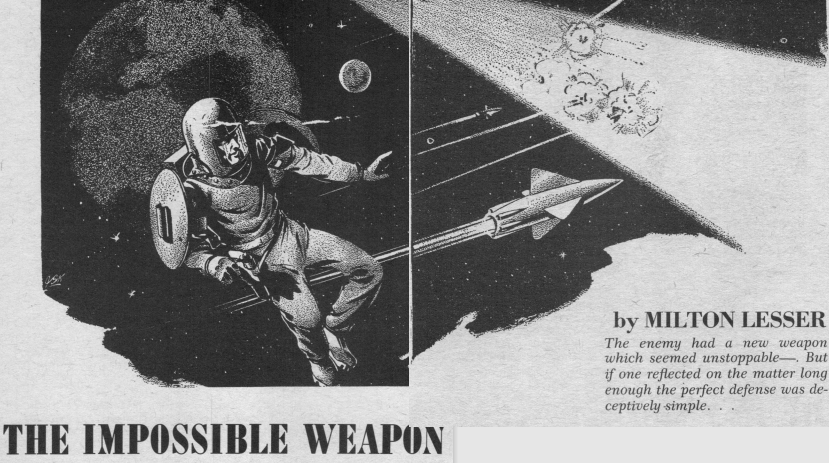
by Julian S. Krupa
None of the above can be said about Milton Lesser’s The Impossible Weapon (Amazing, January 1952), which is the kind of silly finger-exercise fluff that filled the back pages of the lower-level SF magazines in the 1950s. Earth is losing a war to the League (League of what? I forget), and our hero Stokes has figured out how to counter their super-weapon, but no one will listen to him, so in cahoots with a spaceman he meets in the wake of a barroom brawl, he commandeers a spaceship and takes off and proves he can do it. Yeah, that oversimplifies a bit, but mercifully. Stokes’s invention is silly, as is the supposed scientific rationale for it, as are all the other events from the beginning of the story to the end, so much so that I can’t bear to recount them. Read the damn thing yourself if you must. One star, too generously.
This Is My Son, by Paul W. Fairman
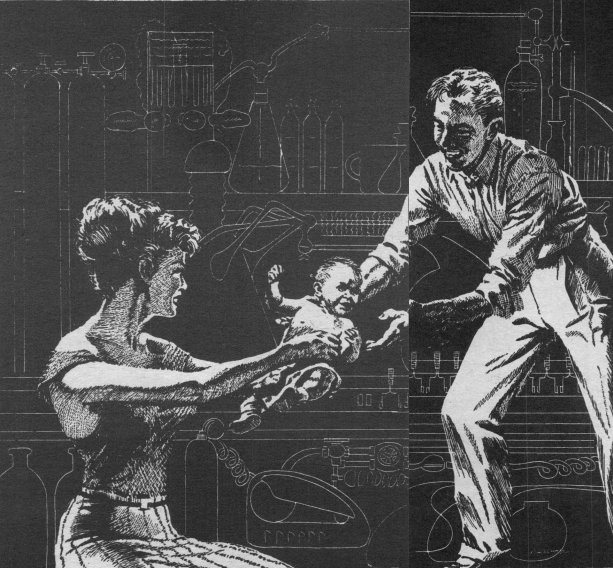
by Tom Beecham
Paul W. Fairman’s This Is My Son is from Fantastic for October 1955, during his two-year absence from the editorial masthead of that magazine. It too is pretty dreadful. Protagonist Temple, a young physicist with a fixation on getting a son, and his new wife are trying to reproduce, without success. Temple has a great career opportunity and signs a contract taking him to South America for five years. Jill is not pleased. She wires him four months later that his son is due in five months. But he can’t go back under his contract and if he breaks it he’ll be blacklisted. After the five years he heads home to meet his son, and everybody’s happy, until he finds the manufacturer’s receipt for the android child, and reacts xenophobically. Jill slaps him across the chops and then leaves after telling him, double-edgedly, that the child is as human as he is. So he’s miserable for years, finally begins to see the error of his ways and sends the kid a gift. Then the kid lands in the hospital after saving a couple of other kids from a fire. Temple beats it to the hospital, the kid’s on the brink, so he offers an “old-fashioned blood transfusion” instead of the bottled plasma the nurse is about to give him. Curtain, music swells, everything’s going to be fine. It’s ridiculously contrived, sentimental, and manipulative, but at least demonstrates a little more craft than The Impossible Weapon. Grading on the curve, barely two stars.
Killer Apes—Not Guilty! , by Leon E. Stover
After the last two I am definitely in the mood for the contentious Dr. Stover, whose “Science of Man” article, Killer Apes—Not Guilty!, is suitably abrasive. He takes on Robert Ardrey’s best-selling African Genesis from a few years ago, and he clearly has been waiting for his chance. Ardrey attributed the bloody-minded and -handed character of homo sapiens to the apes from whom we descended. Not so, says Stover; the apes were peaceful vegetarians (though not averse to the occasional grub or worm mixed in with their roughage), and the next step up (homo erectus) were carnivorous browsers, not carnivorous hunters. We sapiens achieved our predatory status all on our own.
Along the way Stover asserts with confidence a great deal about such subjects as the effect of domesticating fire on prehistoric social life, though without much explanation of how the dots were connected. But he is also happy to patronize those of a different view, such as Ardrey’s favorite, the distinguished Professor Raymond Dart, late of the University of Witwatersrand: “Everybody is more than willing to let the old gentleman play with his pet theory that Australopithecus stood up to adult baboons and clouted them with humerus bones taken from antelopes. Few take it seriously.” Good times! Three stars.
Summing Up
Once more, business as usual at Amazing: signs of editorial vitality struggling to be seen beneath the clammy wet blanket of the publisher’s reprint policy, against the backdrop of negligent or indifferent production. The stalemate continues.

![[June 6, 1968] The Stalemate Continues (July 1968 <i>Amazing</i>)](https://galacticjourney.org/wp-content/uploads/2023/06/amz-0768-cover-496x372.png)

![[May 18, 1968] Four Out of Six Ain't Bad (May 1968 Galactoscope)](https://galacticjourney.org/wp-content/uploads/2023/05/680518books-672x372.jpg)



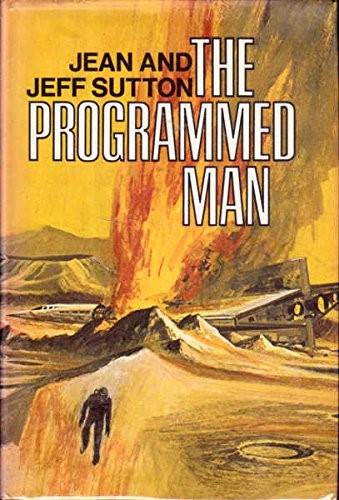


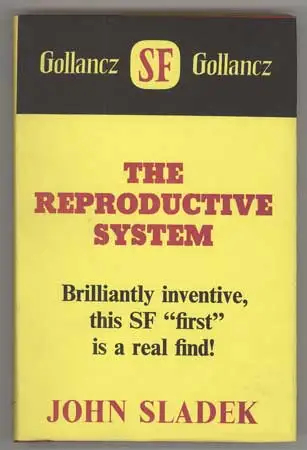




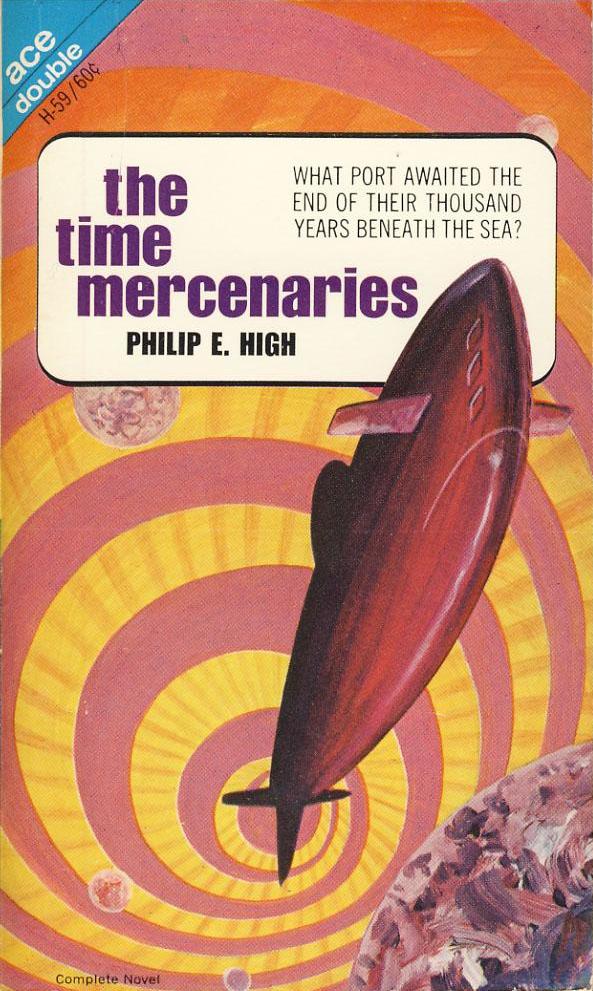
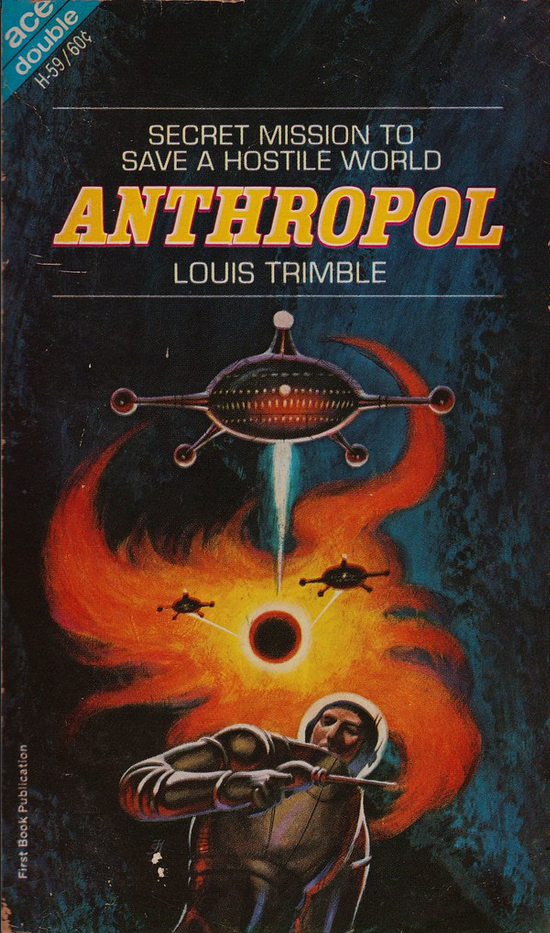
![[April 2, 1968] Asking the big questions (May 1968 <i>IF</i>)](https://galacticjourney.org/wp-content/uploads/2023/03/IF-1968-05-Cover-569x372.jpg)

 Alexander Dubček addresses the nation after taking office.
Alexander Dubček addresses the nation after taking office. Supposedly for Dismal Light, which doesn’t even have two male characters. Generic art by Pederson
Supposedly for Dismal Light, which doesn’t even have two male characters. Generic art by Pederson![[March 2, 1968] Rules and Regulations (April 1968 <i>IF</i>)](https://galacticjourney.org/wp-content/uploads/2023/02/IF-1968-04-Cover-639x372.jpg)
 The stars of the show. (l.) Jean-Claude Killy sporting his medals. (r.) Peggy Fleming in her spectacular performance.
The stars of the show. (l.) Jean-Claude Killy sporting his medals. (r.) Peggy Fleming in her spectacular performance. The Advanced Guard prepare to study the fauna of Chryseis. Art by Vaughn Bodé
The Advanced Guard prepare to study the fauna of Chryseis. Art by Vaughn Bodé![[November 8, 1967] Four to go (December 1967 <i>Galaxy</i>)](https://galacticjourney.org/wp-content/uploads/2022/11/671108cover-672x372.jpg)


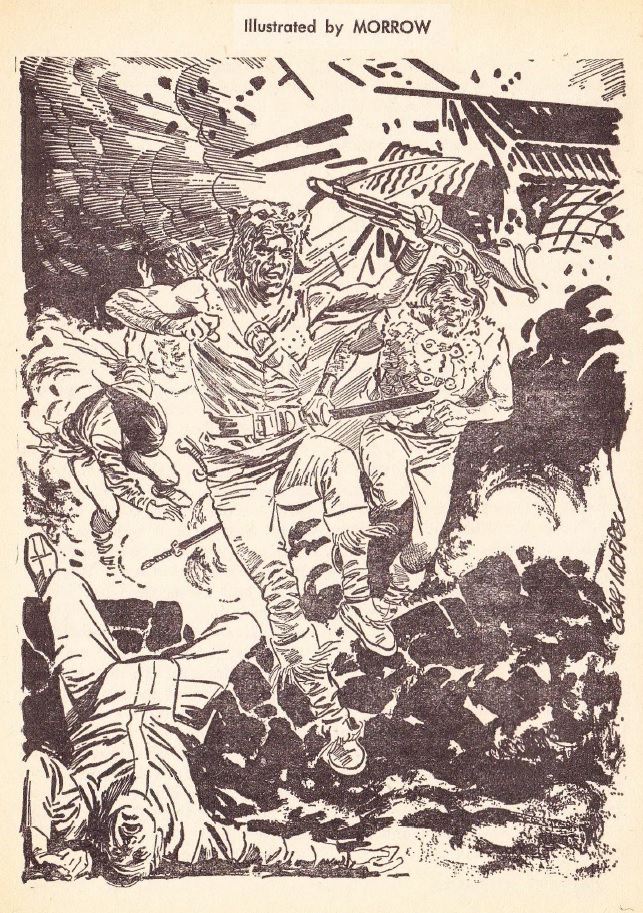





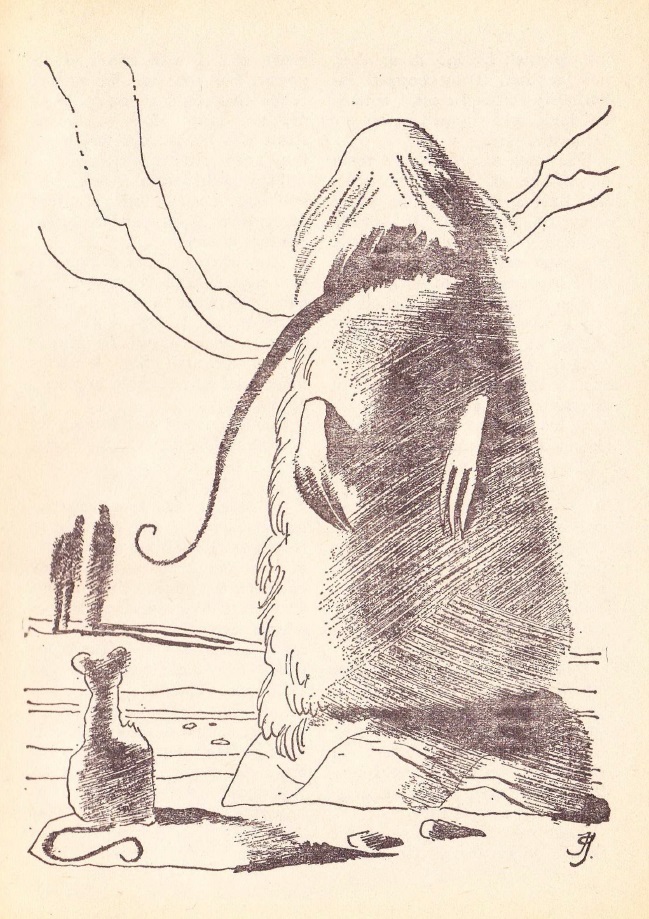
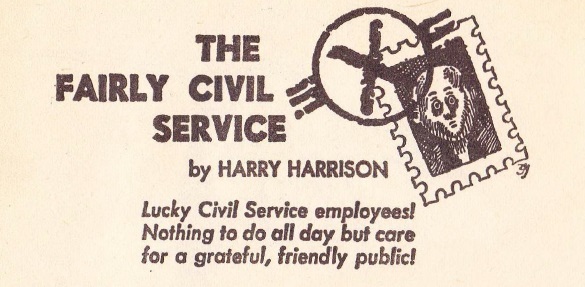

![[October 10, 1967] Jack the Ripper and Company (<i>Dangerous Visions</i>,Part One)](https://galacticjourney.org/wp-content/uploads/2022/10/1967_Dangerous-Visions-hc-2-672x372.jpg)

![[August 12, 1967] Planetary Adventures (August 1967 Galactoscope)](https://galacticjourney.org/wp-content/uploads/2022/08/670812covers-672x372.jpg)




![[August 2, 1967] The Bounds of Good Taste (September 1967 <i>IF</i>)](https://galacticjourney.org/wp-content/uploads/2022/07/IF-Cover-1967-09-672x372.jpg)
 President de Gaulle with foot firmly in mouth.
President de Gaulle with foot firmly in mouth. This alien dude ranch has become a popular honeymoon spot. Art by Gray Morrow
This alien dude ranch has become a popular honeymoon spot. Art by Gray Morrow![[July 8, 1967] Family lines (August 1967 <i>Galaxy</i>)](https://galacticjourney.org/wp-content/uploads/2022/07/670710cover-672x372.jpg)





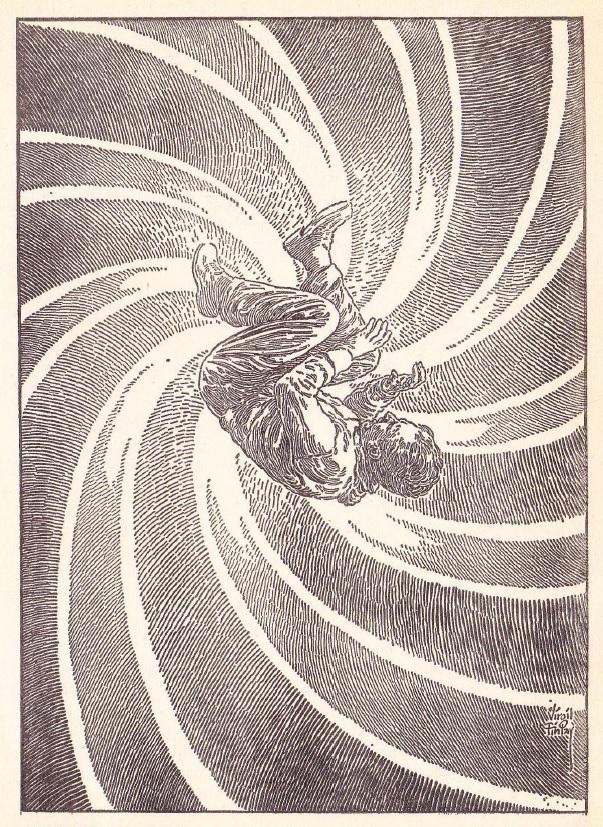






![[May 16, 1967] From the Sea to the Stars (May 1967 Galactoscope)](https://galacticjourney.org/wp-content/uploads/2022/05/670516covers-672x372.jpg)








